Description For Decentralized Finance:
Decentralized finance, also known as DeFi, is a rapidly growing sector of the blockchain and cryptocurrency space. It involves the use of blockchain technology to create financial products and services that are decentralized, open, and transparent. DeFi has the potential to disrupt traditional financial systems by giving individuals more control over their own financial assets and allowing for more inclusive and accessible financial services.
One of the key features of DeFi is the use of smart contracts. Smart contracts are self-executing contracts with the terms of the agreement written directly into code. They can be used to create decentralized financial products such as loans, savings accounts, and insurance policies without the need for intermediaries. This eliminates the need for trusted third parties such as banks and insurance companies, and allows for more efficient and cost-effective financial services.
Another key aspect of DeFi is the use of decentralized exchanges (DEXs). DEXs are platforms that allow users to trade cryptocurrency without the need for a centralized intermediary. They use smart contracts to automatically execute trades and ensure that assets are transferred directly between users. This eliminates the need for centralized exchanges, which can be subject to hacking, fraud, and other security issues.
One of the most popular DeFi applications is lending and borrowing. Decentralized lending platforms allow users to lend and borrow assets directly with each other, using smart contracts to ensure the terms of the loan are automatically enforced.
This can be done with a variety of assets, including cryptocurrency and traditional assets such as gold and real estate. This opens up new possibilities for individuals to access credit and earn interest on their assets, and can also provide liquidity to markets that are traditionally illiquid.
Another popular DeFi application is the use of stablecoins, which are digital assets pegged to the value of a fiat currency. These can be used to facilitate lending and borrowing, as well as to provide a stable store of value for other DeFi applications. The most popular stablecoin, Tether (USDT), is pegged to the US dollar and is widely used on decentralized exchanges.
DeFi also has the potential to improve financial inclusion by providing financial services to those who are traditionally underserved by traditional financial systems. In many developing countries, for example, a large portion of the population is unbanked or underbanked. DeFi can provide access to financial services to these individuals through the use of mobile phones and blockchain technology. This can help to reduce poverty and improve economic growth.
DeFi also has the potential to democratize finance by giving individuals more control over their own assets and financial data. Traditional financial systems rely on centralized intermediaries to store and manage financial data, which can lead to privacy and security issues. DeFi allows for individuals to store and manage their own financial data, giving them more control over their assets and financial information.
Despite all the potential benefits of DeFi, it is important to note that it is still a relatively new and rapidly evolving field. There are many challenges that need to be addressed, such as scalability, security, and regulatory compliance. Additionally, the lack of regulatory oversight can also make DeFi vulnerable to fraud and other illicit activities.
However, as the technology and infrastructure continue to improve, and as more individuals and institutions begin to adopt DeFi, it is likely that these challenges will be overcome and that DeFi will become a mainstream part of the global financial system.
How Decentralized Finance Started?
Decentralized finance, or DeFi, began to emerge in the blockchain and cryptocurrency space in the early 2010s. The first decentralized finance applications were built on the Bitcoin blockchain, with the goal of creating financial products and services that were open, transparent, and accessible to anyone with an internet connection.
One of the earliest decentralized finance projects was Bitcoin lending platform, BitLendingClub, which launched in 2013. The platform allowed individuals to lend and borrow Bitcoin directly with each other, without the need for a centralized intermediary. This was followed by the launch of other decentralized lending platforms such as BTCJam and BitBond.
In 2014, the Ethereum blockchain was launched, which provided a more flexible and powerful platform for decentralized finance applications. The first decentralized exchange, Etherdelta, was launched in 2016, which allowed users to trade Ethereum-based tokens without the need for a centralized intermediary.
In 2017, the initial coin offering (ICO) boom saw a surge of interest in decentralized finance, as many new projects were launched to take advantage of the new fundraising opportunities provided by blockchain technology.
This was also the year in which the term “decentralized finance” began to be widely used, as the concept of creating a decentralized, open financial system began to gain momentum.
The following year, 2018, saw the launch of several decentralized lending platforms on the Ethereum blockchain, such as MakerDAO, Compound, and NEXO, which allowed users to lend and borrow a variety of assets, including Ethereum and other ERC-20 tokens.
In 2019, the DeFi space continued to grow, with the launch of new decentralized lending and borrowing platforms, decentralized insurance platforms, and decentralized prediction markets. This year also saw the launch of the first decentralized stablecoin, DAI, which is pegged to the value of the US dollar.
Since then, the DeFi space continued to evolve and mature, with new projects, protocols and use-cases popping up, and the total value locked in DeFi protocols reached a new all-time high in 2020 and continued to grow in 2021.
Overall, the decentralized finance space has grown rapidly since its inception, driven by the desire to create a more open, transparent, and inclusive financial system. The use of blockchain technology and smart contracts has made it possible to create decentralized financial products and services that can be accessed by anyone with an internet connection.
Conclusion For Decentralized Finance:
In conclusion, Decentralized finance (DeFi) is a rapidly growing sector of the blockchain and cryptocurrency space that has the potential to revolutionize the way we think about financial services. By using smart contracts and decentralized technologies, DeFi allows for more inclusive, accessible, and efficient financial services. Decentralized lending, borrowing, stablecoins and prediction markets are some examples of DeFi use cases that have been implemented. The technology is still relatively new and evolving, and there are still some challenges such as scalability, security, and regulatory compliance that need to be addressed.
However, as the technology and infrastructure continue to improve and as more individuals and institutions begin to adopt DeFi, it is likely that it will become a mainstream part of the global financial system. DeFi has the potential to democratize finance by giving individuals more control over their own assets and financial data, and to improve financial inclusion by providing financial services to those who are traditionally underserved by traditional financial systems.

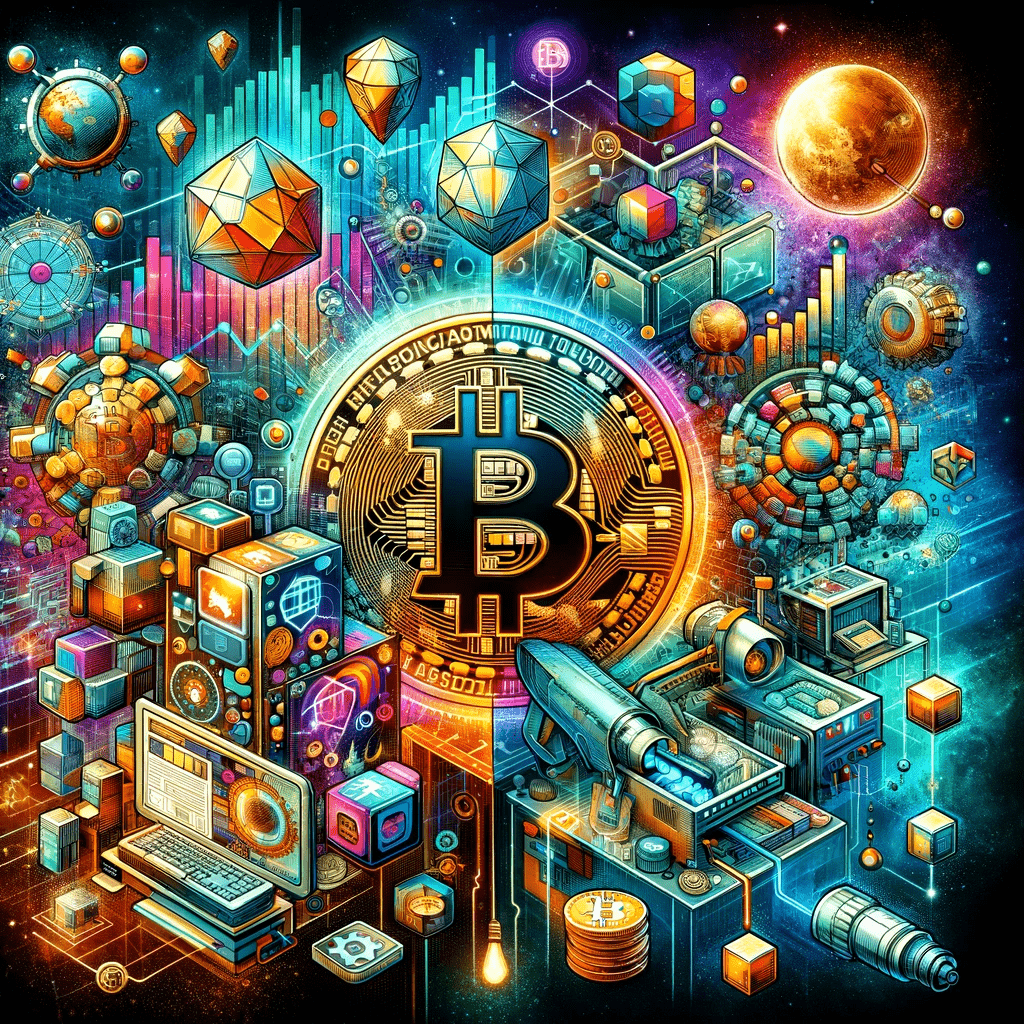
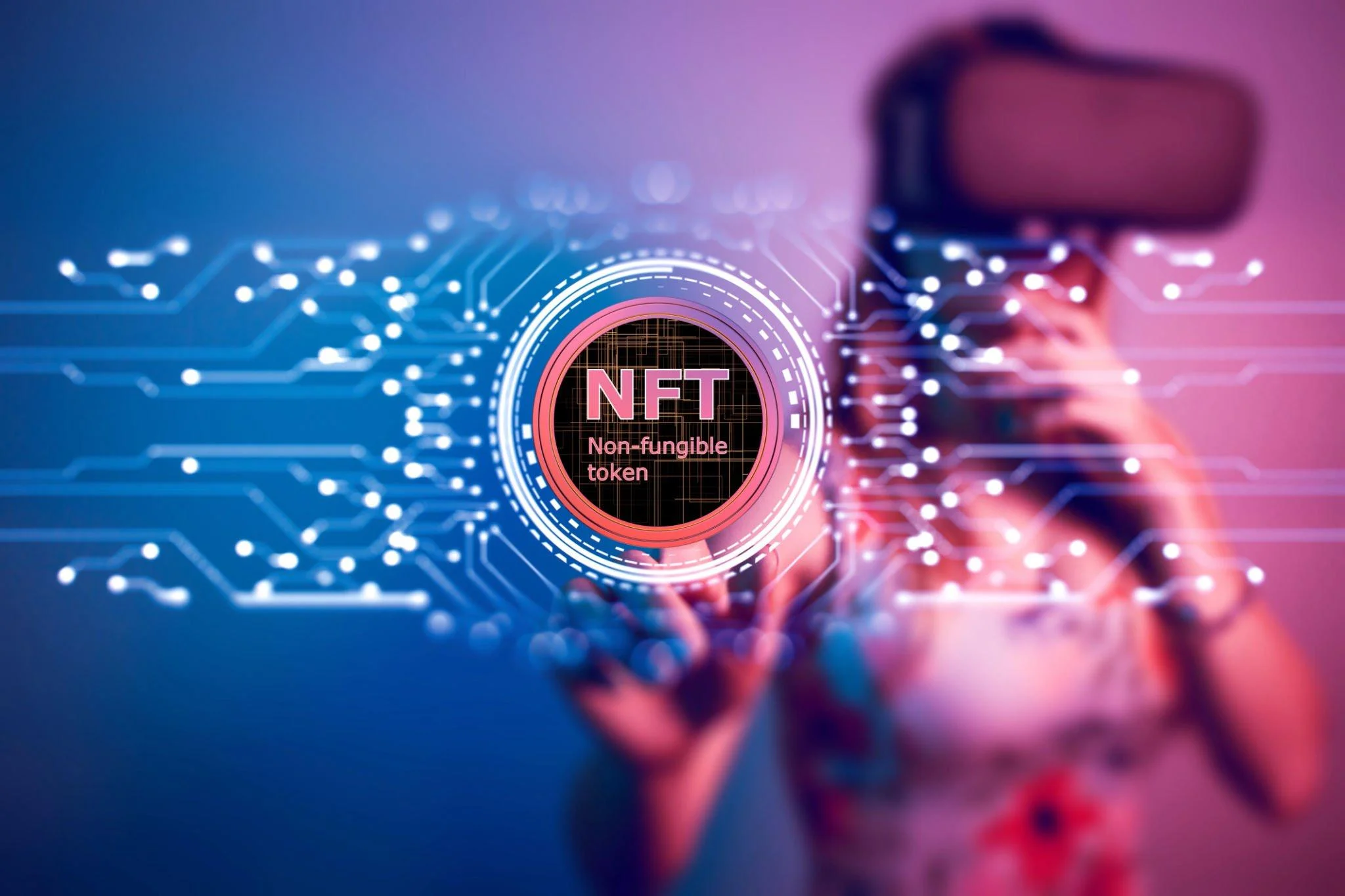
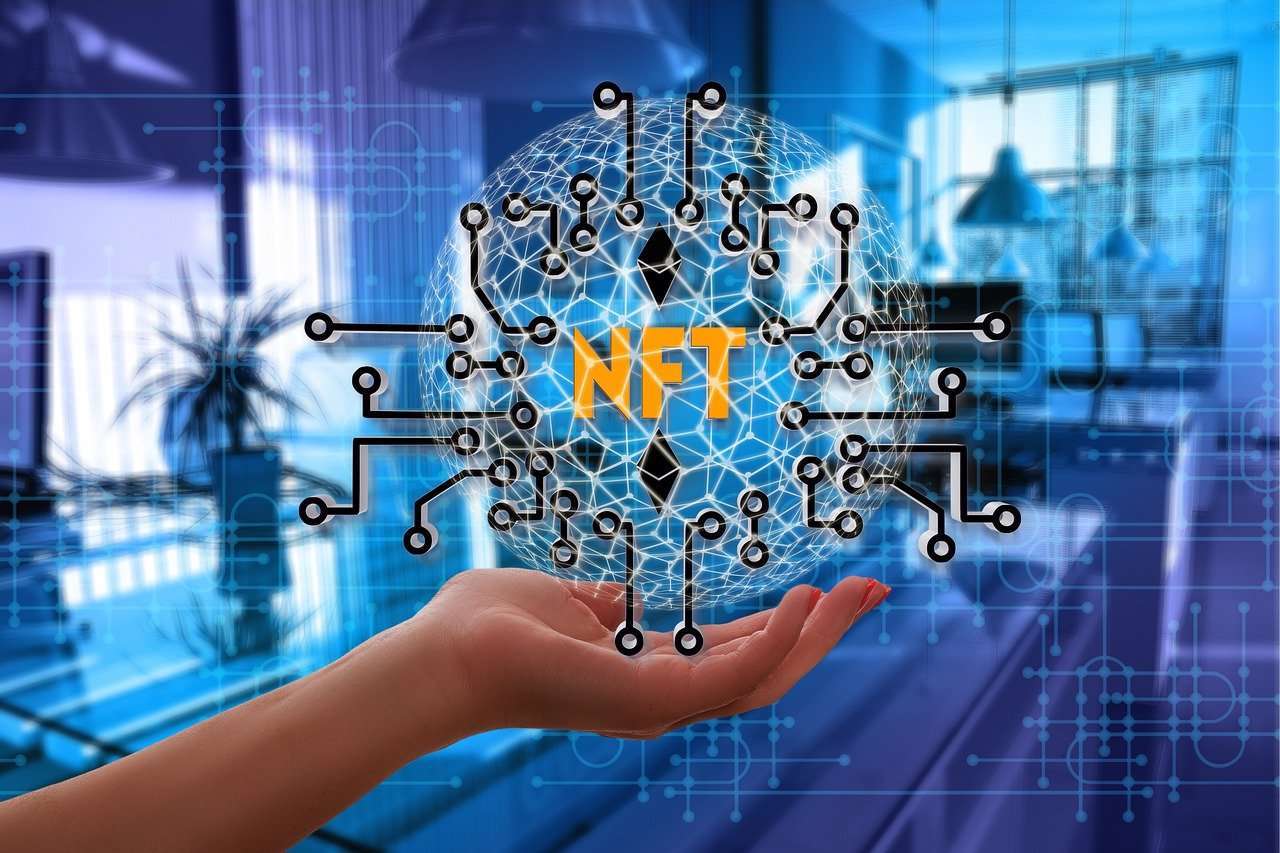
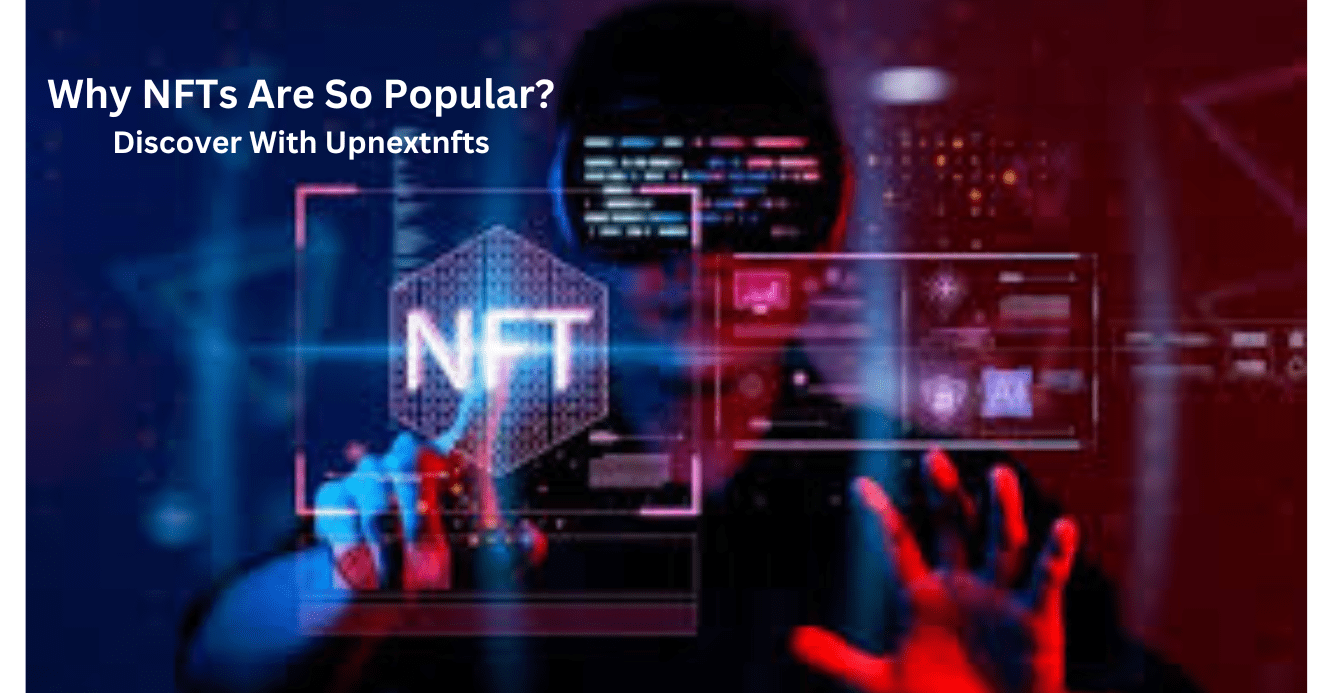
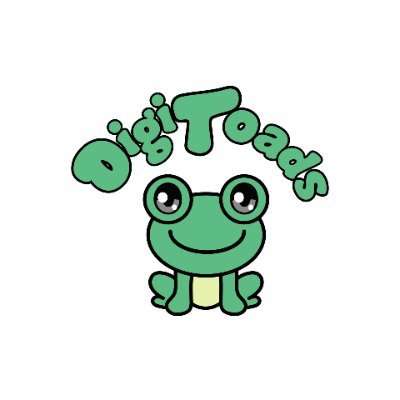
Good post. I learn something totally new and challenging on websites I stumbleupon every day. Its always exciting to read articles from other writers and practice a little something from other sites.
interesting post
not working
Thanks, I’ve been looking for this for a long time